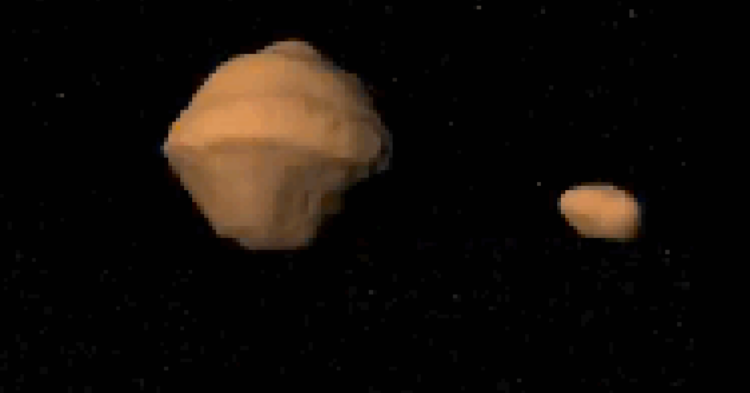As kids, outer space seemed absolutely terrifying. What we thought of as the sun was really a giant burning ball of fire and gas, space rocks could ignite an apocalypse at any moment, and our beloved planets sometimes weren’t even planets at all (RIP PLUTO).
The only info we really got in elementary school was that other universes exist but we can’t see them, foreign bodies could crash into earth but we can’t bother worrying about it, and aliens are totally real but we can’t talk about it.
Asteroids get a pretty bad rap.

When I think of asteroids, I think of the movies Armageddon and Deep Impact . I think of world-ending, life shattering destruction.
But truth be told, asteroids and runoff from them constantly go flying past the earth without us noticing.
NASA recently announced that a particularly large asteroid will be passing earth this weekend.

Asteroid 1999 KW4 (Let’s call him K for short), was discovered around twenty years ago by Lincoln Laboratory’s Near Earth Asteroid Research survey (LINEAR) in Socorro, New Mexico.
K is a big boy . He’s so large in fact that he’s orbited by his own little asteroid moon.
Scientists have been referring to him as something called a ‘Binary System.’

A Binary System , is defined as two celestial objects close enough to orbit each other.
The Smithsonian Astrophysical Observatory’s Minor Planet Center has classified K as a “potentially hazardous asteroid” because of how close he’ll be to Earth.
To be fair though, “close” is 3.2 million miles from Earth.
This is NASA’s recreation of our space boy.

The Las Cumbres Observatory describes K as “slightly squashed at the poles and with a mountain ridge around the equator, which runs all the way around the asteroid. This ridge gives the primary an appearance similar to a walnut or a spinning top.”
I mean…there are other similarities there too.

Haven’t you ever heard the phrase “life imitates art?”
See, asteroids don’t have to be all that scary.
K will make his closest approach to Earth on Saturday evening.

Asteroid 1999 KW4 will be visible until May 27. Get ready to gather your friends, stay up too late, and take a ton of blurry Snapchats of the sky.
Don’t worry, I’m sure we’ll survive.

















































